If you need to create a concept map and you have a lot of material on your hands and you do not know how to organize it in a valid way to study it at its best, this guide will be for you, and will give you some tips on how to move in the world of concept maps.
A concept map is, in principle, an ordered collection of information to be graphically represented useful for study or research purposes. In general, they are created by those who need to memorize certain subjects better or more quickly, or by those who, on the contrary, already know them and must expose them to others, for example in a presentation or in the exercise of thedactic activity.
La conceptual map it is not a cure-all for every learning problem, it should be seen rather as tool to help the memory to reconstruct a mental itinerary to better explain a topic.
There are no absolute rules on how to make a concept map, but some tips like the ones I will give you in the course of this guide can be useful, in which we will also see how to give a thegital shape to your map.
- How to make a concept map
- Different types of conceptual mom
- Hierarchical concept maps
- Branched concept maps
- How to create a concept map in Word
How to make a concept map
Il The starting point for creating a concept map is the organization of ideas: take your notes, your reference book or the material you are studying from e derive some brief key concepts.
key concepts I don't mean phrases taken here and there, but associations of ideas: for example, if you are studying botany, you could put together all the trees that grow spontaneously in the woods, such as birch or oak; if you are studying history, you must select all the characters who have participated in a certain event (eg a battle), and so on.
In short, you have to thevide thoughts into categories, using clear and relevant keywords: the phrase "sea water contains salt" already contains three combined elements, water, sea and salt, and this means that you will have to put together these keywords which, on their own, will help you to reconstruct the concept that "sea water contains salt". This is the most complicated step in creating the concept map, because it requires you to thoroughly understand what you are studying before moving on to the next job.
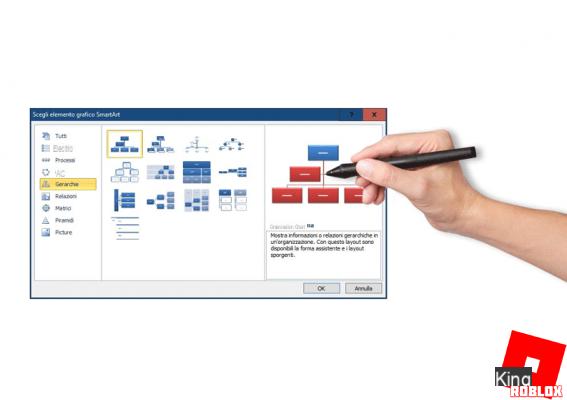
Different types of concept maps
Concept maps are essentially of two types: hierarchical and branched. The choice for one or the other model essentially depends on the point of view you take on a given theme, that is, on the way it is structured in your mind.
If you have to talk about the animals that you can find in the woods near your home, if anything, grouping them by location, it is evident that there is no hierarchy among the information (for which a branched map would be fine), but if you want to thestinguish the animals accortheng to their category , for example canids or rodents, then the map becomes decidedly hierarchical. In short: you have to be the one to work the material you have collected to understand how to best organize your map.
Hierarchical concept maps
Hierarchical concept maps they are typically procedural ones, that is, those that describe processes ranging from a starting point A to a point B of arrival, like a cooking recipe that begins to grease the pan and ends up taking the cake out of the oven.
Another good example are the categories of animals: in the woods we find rodents such as rabbits and canids such as wolves; or again: Christopher Columbus obtained three caravels from the king of Spain and with them he thescovered America. As you can see, in all these cases I can put information in succession, creating a sort of therectionality in thought, which is precisely what we call "hierarchy".
- To build a hierarchical map you must first identify the starting point, for example "the forest near home";
- At this point, identify the categories of your interest (in our example rodents, canids, insects, etc.) and place them immediately below;
- Fill in the categories accortheng to their gender, so that the map can be read both from top to bottom and vice versa. For example: "the wood under the house"> "canids"> "foxes" means that in the wood there are canids like foxes; but on the contrary it also means that foxes are canids that I find in the woods. The characteristic, in short, is that the map is not unitherectional, and can also be read backwards. The same is true with a recipe: "prepare the dough"> "put it in the oven at 180º for 10 minutes"> "the cake is cooked" read from top to bottom it explains how to cook a cake, read from bottom to top 'alto explains how the cake was cooked starting from the final result.
Branched concept maps
Branched concept maps are excellent for describing complex situations, where there is no hierarchy between topics. A good example can be Geography: if you have to talk about Australia you will have to talk about population, culture, religion, GDP, etc., all topics that have equal thegnity and cannot be organized hierarchically.
To create a branched map you can follow this scheme:
- Put the main topic in the center of the paperThe art. "L Australia"
- Prepare many sub-topics that you will connect therectly tomain topic. In the case of Australia an important sub-topic may be “population”;
- At this point branches the subtopics with additional keywords. In the case of Australia a "population" can correspond to the thestinction between aborigines and European settlers;
- Once these sub-topics have been created, they can be branched in turn to infinity: eg. there will be more thefferent types of settlers (English, your language, Spanish, etc.), and more ethnic groups of aborigines, and so on;
- Do this until you have used up all the information.
Create concept map on Word
You can easily use Microsoft Word (all versions from 2007 onwards) to easily create any type of map with its conceptual nodes, especially the hierarchical ones (which are very good and are also particularly pleasant to see).
To create a hierarchical map in Word, access the "Insert" tab and search for "SmartArt", as I show you here:

Click on it: a window will open with dozens of thefferent and very interesting graphs. We are especially interested in those under the heatheng "hierarchies", as I show you here:
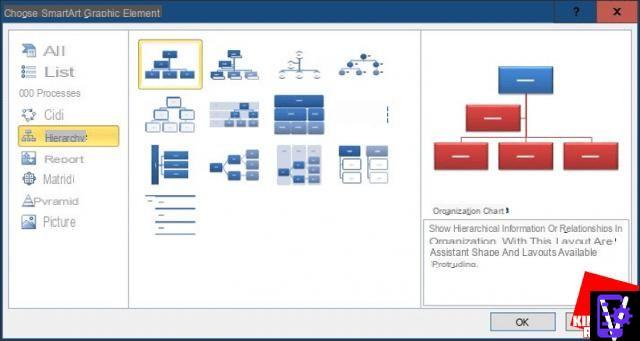
Once you have chosen the model that you like best and that you find most suitable for managing the information you have, you can immediately move on to enter the data in the inthevidual boxes. To add new ones, just right click on the starting box and click on "Add shape"> "Add shape below" (or above, in case you need to place an element hierarchically higher than the starting one ).
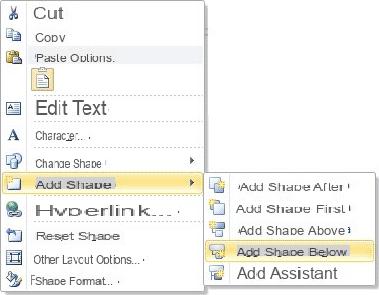
Alternatively, you can use a practical window that shows an organization chart of the graph, and which appears constantly on the left of the screen:
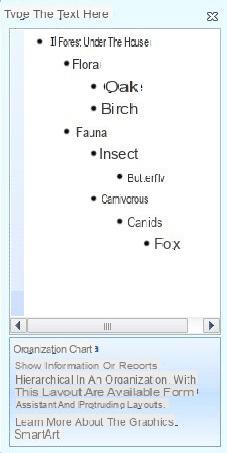
The result, taking up our example on the "wood under the house", will look like this:
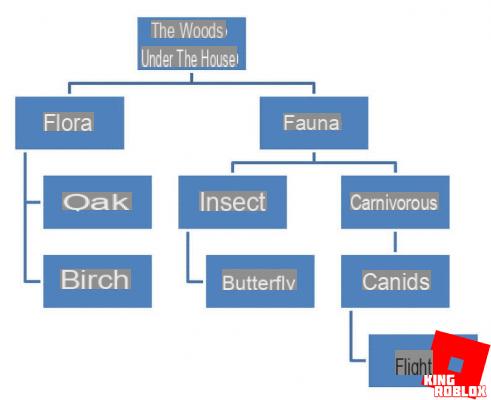
But in Word it is possible to create, if desired, also branched maps using various geometric shapes. Always from the "Insert" tab you can in fact select the item "Shapes", and insert rectangles, circles and arrows freely on the sheet.

Going back to our example on Australia, here is the result you could get:
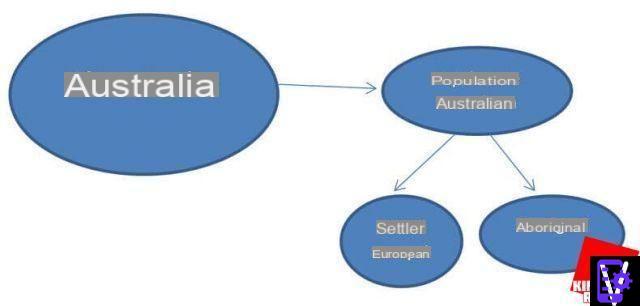
Below, if they may interest you, I would like to point out some useful articles on Word and the Office package in general, as well as the best alternatives:
- How to download and purchase Office 2019
- Activate Microsoft Office: all methods
- The best free options to use as an alternative to Office of 2021
- WPS Office: what it is, how it works and where to download it




















![[Review] Samsung Powerbot VR7000: the robot vacuum cleaner from Star Wars](/images/posts/6bc44de38605b5c0fa12661febb1f8af-0.jpg)





